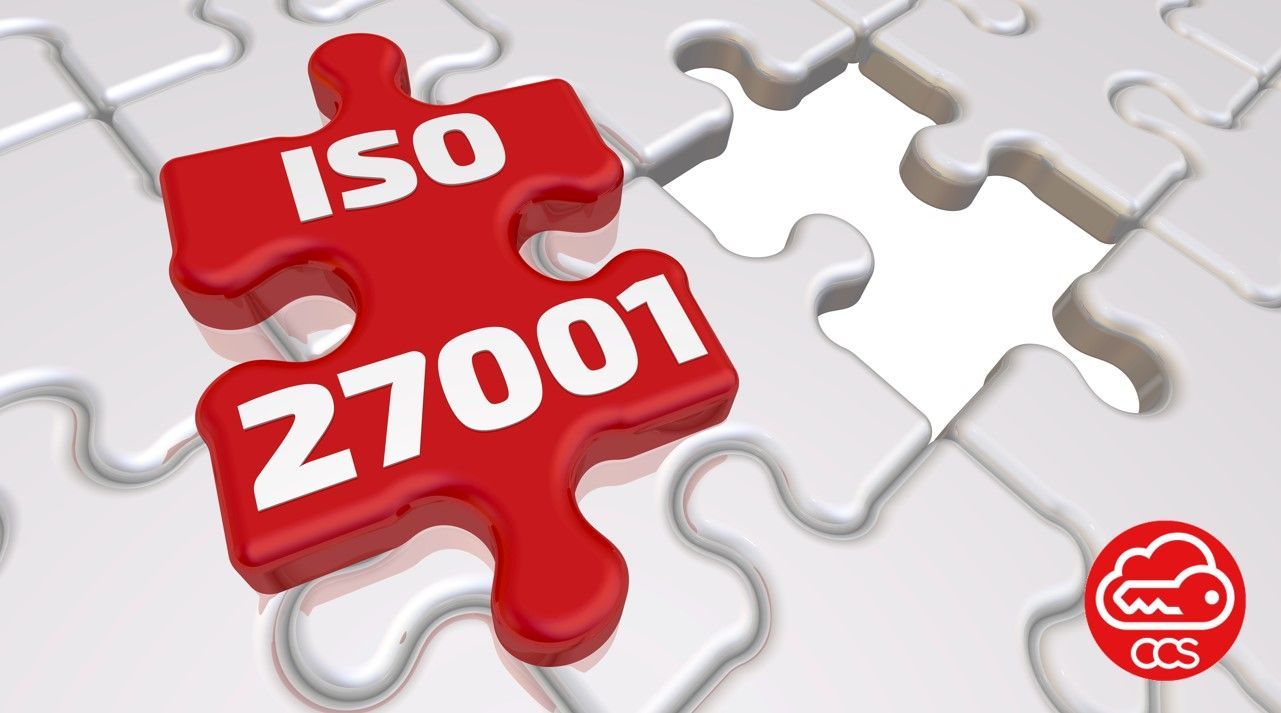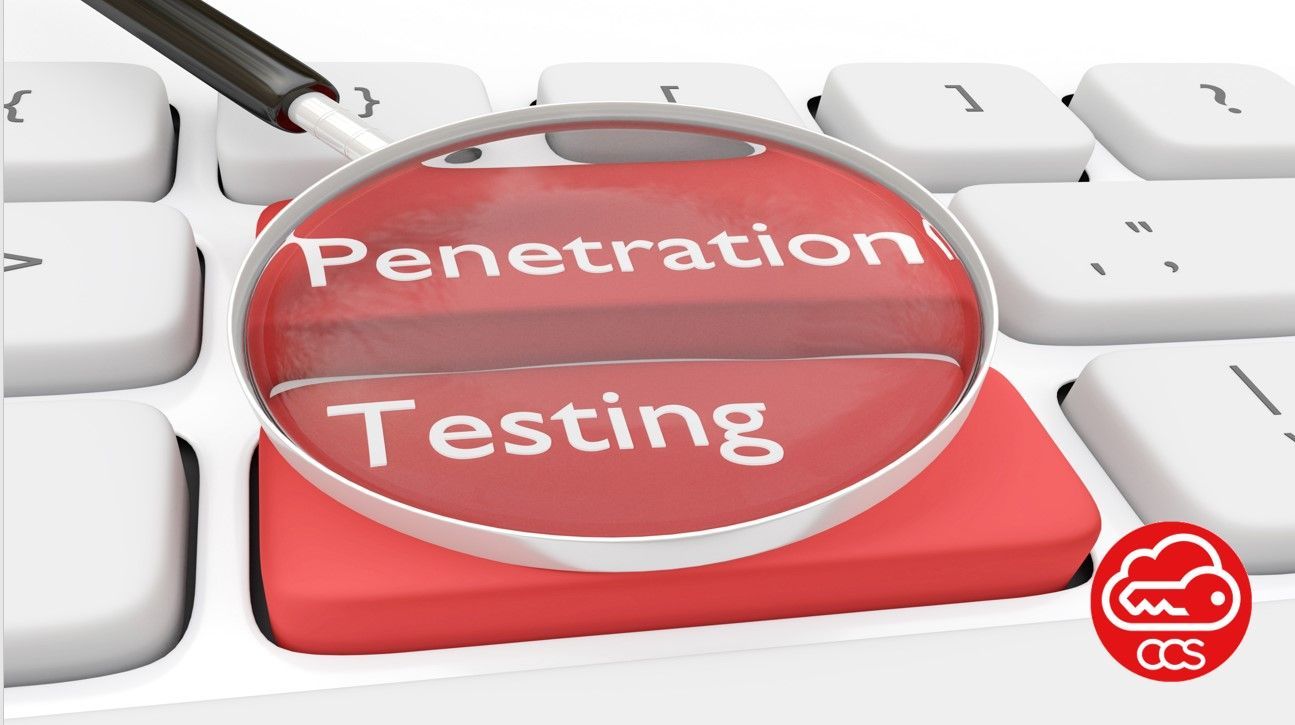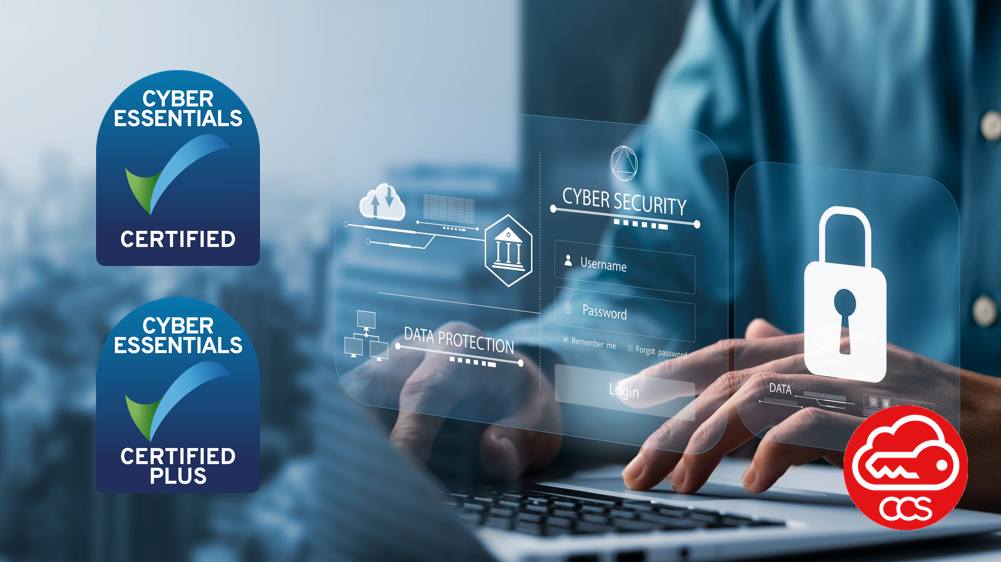Bridging the Cybersecurity Gap:
Why SMEs Face Similar Challenges as Enterprise Businesses.
In the modern digital landscape, cybersecurity is a critical concern for businesses of all sizes. While large enterprises may have greater resources and dedicated cybersecurity teams, small and medium-sized enterprises (SMEs) face comparable challenges when it comes to protecting their digital assets.
This article examines why SMEs encounter similar cybersecurity risks as their enterprise counterparts and explores effective measures they can take to enhance their security posture.
Understanding the Shared Cybersecurity Challenges:
- Growing Threat Landscape:
- Cyber threats are evolving and becoming more sophisticated, targeting businesses indiscriminately. SMEs, despite their smaller scale, are not exempt from these threats and face the same vulnerabilities as large organisations.
- Limited Resources:
- SMEs often have restricted budgets and fewer dedicated IT and cybersecurity personnel. This resource constraint can hinder their ability to invest in robust security infrastructure and defences, making them attractive targets for cybercriminals.
- Lack of Cybersecurity Awareness:
- Many SMEs underestimate the potential impact of cyber threats, assuming that they are less likely to be targeted. This misconception can lead to complacency and a lack of awareness about the evolving threat landscape, making them more susceptible to attacks.
- Third-Party Dependencies:
- SMEs often rely on third-party vendors, contractors, or cloud service providers for various aspects of their business operations. These dependencies can introduce additional cybersecurity risks, as SMEs may have limited control over the security practices of their partners.
- Insider Threats:
- Insider threats, such as disgruntled employees or contractors with access to sensitive information, can pose a significant risk to SMEs. Limited resources and security controls may make it challenging for SMEs to detect and prevent insider attacks effectively.
Improving Cybersecurity Posture for SMEs:
- Prioritise Cybersecurity:
- Recognise that cybersecurity is a business priority, regardless of the organisation's size. Allocate resources and establish a cybersecurity mindset within the company to ensure that security measures are given due importance.
- Cyber Security Posture Reviews (CSPR):
- Conduct regular cybersecurity posture reviews to assess the organisation's security controls, policies, and procedures. CSPRs help identify vulnerabilities and gaps in security and provide recommendations for improvement.
- ISO 27001 Certification:
- Consider implementing the ISO 27001 Information Security Management System (ISMS) framework. ISO 27001 provides a systematic approach to managing information security risks and is internationally recognised. Achieving certification demonstrates a commitment to robust security practices.
- Cyber Essentials Certification:
- Obtain Cyber Essentials certification, a government-backed program aimed at improving cybersecurity hygiene. This certification verifies that essential security measures are in place, protecting against common cyber threats.
- Employee Education and Awareness:
- Train employees on cybersecurity best practices, including recognising phishing attempts, using strong passwords, and practicing safe browsing habits. Regularly reinforce the importance of cybersecurity to foster a security-conscious culture.
- Secure Network Infrastructure:
- Implement firewalls, intrusion detection systems, and encryption technologies to protect the organisation's network. Regularly update and patch systems to address known vulnerabilities.
- Data Protection and Backup:
- Implement data protection measures such as encryption and access controls to safeguard sensitive information. Regularly back up critical data and test the restoration process to ensure data integrity and resilience against data loss.
- Vendor Risk Management:
- Assess the security practices of third-party vendors and service providers before engaging with them. Establish contracts that enforce security requirements and conduct periodic audits to ensure compliance.
- Incident Response Planning:
- Develop an incident response plan that outlines steps to be taken in case of a security incident. Define roles and responsibilities, establish communication channels, and regularly test and update the plan.
- Seek External Expertise:
- Consider engaging with cybersecurity professionals or managed security service providers (MSSPs) who can provide specialised expertise and support. These experts can conduct thorough cybersecurity assessments, identify vulnerabilities, and assist in implementing robust security measures tailored to the specific needs and budget of SMEs.
- Regular Security Audits and Penetration Testing:
- Conduct regular security audits and penetration testing to proactively identify vulnerabilities and weaknesses in your systems. These tests simulate real-world attack scenarios to uncover any potential entry points that could be exploited by cybercriminals.
- Employee Security Training:
- Invest in comprehensive cybersecurity training for employees to educate them about the latest threats, social engineering techniques, and best practices. Create a culture of security awareness by promoting a sense of responsibility among employees to safeguard sensitive information and report any suspicious activities.
- Implement Strong Access Controls:
- Enforce strong password policies and implement multi-factor authentication (MFA) to add an extra layer of security. Restrict access to sensitive data on a need-to-know basis and regularly review user permissions to prevent unauthorised access.
- Regularly Update Software and Systems:
- Stay vigilant about applying software patches and updates for all systems, including operating systems, applications, and security software. Regular updates help address known vulnerabilities and protect against emerging threats.
- Data Backup and Recovery:
- Implement a robust data backup strategy to ensure critical information is regularly and securely backed up. Test the restoration process periodically to verify the integrity and effectiveness of backups. In the event of a security incident or data breach, having a reliable backup system can minimise downtime and data loss.
- Develop an Incident Response Plan:
- Create a detailed incident response plan that outlines the steps to be taken in the event of a cybersecurity incident. This plan should include clear protocols for reporting, containment, investigation, and recovery. Regularly review and update the plan to reflect changes in technology, threats, and business operations.
- Monitor and Detect Threats:
- Implement continuous monitoring and detection systems to identify and respond to potential security breaches in real-time. Utilise intrusion detection systems (IDS), security information and event management (SIEM) tools, and threat intelligence feeds to stay informed about emerging threats.
- Regular Security Awareness Campaigns:
- Conduct regular security awareness campaigns to keep employees updated on the latest threats, trends, and best practices. Encourage them to report any suspicious activities promptly and provide a clear channel for reporting security incidents or concerns.
While SMEs may face similar cybersecurity challenges as enterprise businesses, they can take proactive measures to enhance their security posture. By prioritising cybersecurity, conducting cybersecurity posture reviews, obtaining certifications such as ISO 27001 and Cyber Essentials, investing in employee training, and seeking external expertise, SMEs can significantly improve their resilience against cyber threats.
By adopting a comprehensive and proactive approach to cybersecurity, SMEs can safeguard their valuable assets, maintain customer trust, and navigate the ever-evolving threat landscape with confidence.
Remember, cybersecurity is not a one-time effort but an ongoing commitment to protecting your business from potential cyber risks.






